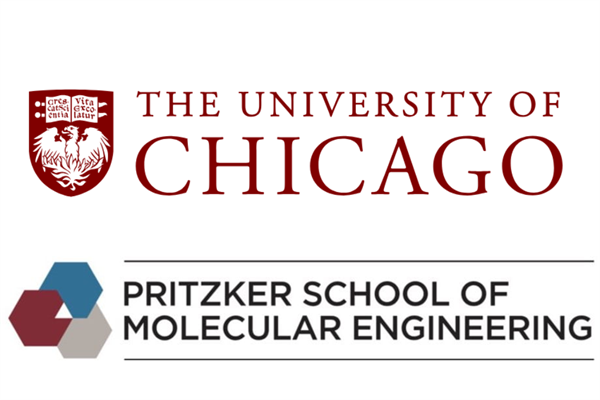
The scientist from the University of Chicago have used piezoelectric nanoparticles to study the fundamental physics of non-Newtonian fluids to prevent clumping in paints.
The research committed by the University of Chicago into the science behind non-Newtonian fluids could lead to several potential applications, such as in paints that do not clump. In this regard, researchers from the Pritzker School of Molecular Engineering (PME) at the University of Chicago (United Stated of America) used piezoelectric nanoparticles to study the fundamental physics of non-Newtonian fluids, discovering a key role of friction between particles in causing materials move from a fluid structure to a more solid structure.
“This not only answers long-standing basic questions about the physical origins of these materials, but opens up doors for the design of new non-Newtonian fluids with practical applications,” has stated Stuart Rowan, the Barry L. MacLean Professor of Molecular Engineering.
The non-Newtonian fluids are characterised by their viscosity, which changes dramatically when the materials are under stress. However, other materials such as oobleck, a concentrated suspension of particles, behave exactly the opposite: it may appear solid when handled, but collapses into a puddle when placed.
Scientists have formulated hypotheses about why concentrated suspensions of particles change when they are sheared given that they are exposed to multiple forces acting in different directions. These hypotheses are difficult to test and mainly concern how the molecules and particles that make up materials can interact with each other in different ways and under different conditions.
“To understand these concentrated particle suspensions, we want to be able to look at the nanoscale structure, but the particles are so incredibly crowded together that imaging these structures is very hard,” has explained Hojin Kim, a post-doctoral scholar.
When a dense suspension of piezoelectric nanoparticles thickens due to the transition from frictionless to frictional particle-particle interactions, friction-induced piezoelectricity in the contacting particles generates electrical charge, which in turn increases the AC conductance of the environment surrounding.
To overcome this challenge, Hojin Kim collaborated with Rowan Aaron Esser-Kahn, PME professor and expert in piezo chemistry and Heinrich Jaeger, Sewell Avery Distinguished Service Professor of Physics. The team developed a technique that measures the change in electrical conductance based on the shear force exerted on it and suspended the nanoparticle in a liquid at such a concentration that it exhibited non-Newtonian properties in the same way as oobleck.
The researchers then applied shear force to the top and bottom of the liquid and simultaneously measured the resulting changes in viscosity and electrical signals – thus allowing them to determine how the particles interacted as they transitioned from a more liquid material to a more solid material.
“We found that friction between particles was critical to this transition. In this concentrated particle solution, there is a tipping point when the friction reaches a certain level and the viscosity abruptly increases. Non-Newtonian fluids are everywhere and so this has a lot of applications,” has added Kim.
Understanding the physical forces at play in a concentrated solution of particles is a step towards being able to design new non-Newtonian fluids in the laboratory. In the future, these engineered materials could have customised properties that will allow scientists to control their viscosity through stress, resulting in less clumping and clogging by liquids such as paints.